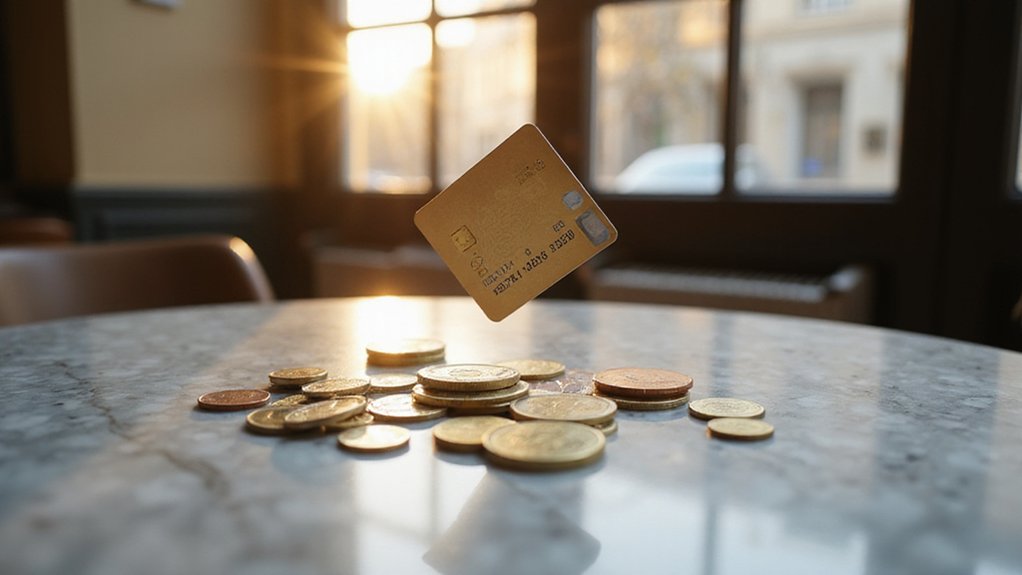The revolution has arrived not with fanfare but with the quiet ping of payment notifications—crypto cards are systematically dismantling the traditional payments landscape one micro-transaction at a time. Europe’s 15% surge in newly ordered crypto cards signals something profound: consumers have discovered what banks apparently couldn’t—that paying for a €3 coffee shouldn’t require maneuvering through Byzantine fee structures and glacial processing times.
The numbers reveal a striking behavioral shift. Nearly half of all crypto card transactions fall below €10, with an average transaction value of €23.7 compared to traditional cards’ €33.6. This isn’t merely adoption; it’s colonization of the micro-spending territory that banks have long neglected or monetized through punitive small-transaction fees. The irony is palpable—an industry built on complexity has been outmaneuvered by digital assets once dismissed as speculative toys.
Consider the geographic preferences: 40% of crypto card transactions occur online, nearly double the eurozone’s 21% traditional card average. This digital-first approach reflects not just technological comfort but fundamental impatience with legacy payment friction. When your morning espresso purchase processes faster through blockchain infrastructure than traditional banking rails, questions about institutional efficiency become unavoidable.
The spending patterns mirror conventional consumer behavior with accelerated digital adoption. Groceries comprise 59% of crypto card purchases (matching traditional payments’ 54%), while dining represents 19% of transactions. Stablecoins dominate with 73% of transactions, supplemented by Bitcoin, Ethereum, and Solana—a portfolio approach that would make traditional payment processors envious if they weren’t busy defending market share.
Banks face an uncomfortable reality: crypto cards offer near-instant processing with minimal fees precisely where traditional institutions extract maximum friction and cost. The appeal isn’t ideological but practical—younger, tech-savvy consumers simply prefer systems that work seamlessly within their digital-native lifestyles. These consumers increasingly rely on Web3 wallets that provide direct control over their digital assets while enabling seamless interactions with decentralized applications and services.
This transformation represents more than payment method substitution; it’s infrastructure displacement. European consumers are quietly voting with their wallets, choosing crypto-enabled tools over established banking products. The revolution’s success lies not in disrupting payments but in making them invisible—the ultimate compliment to any financial technology.









